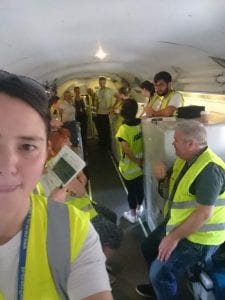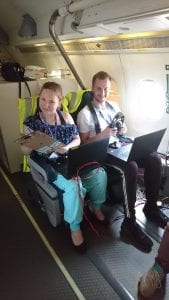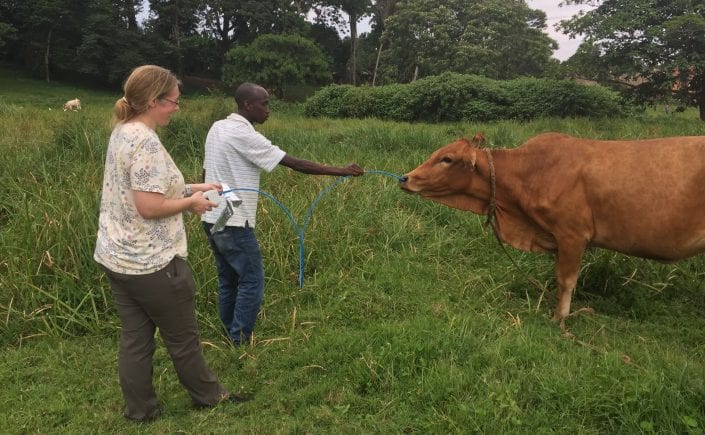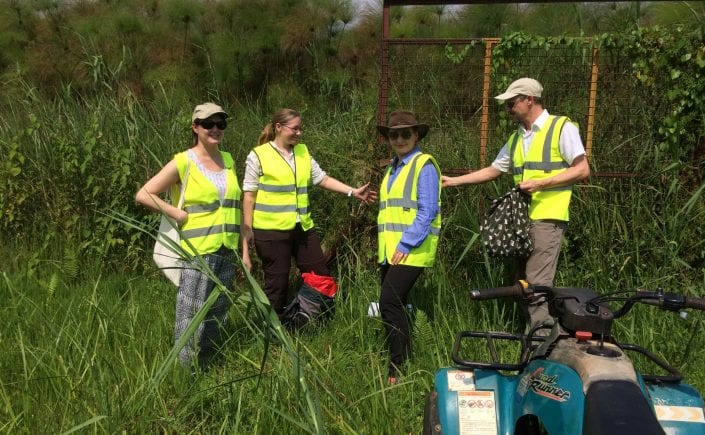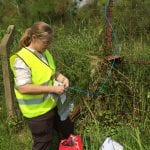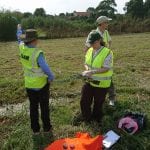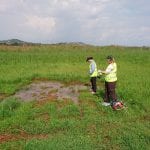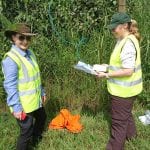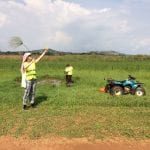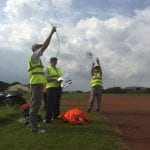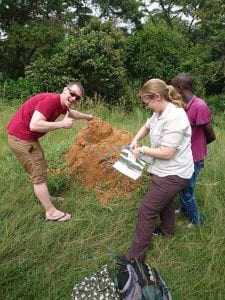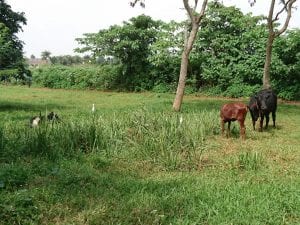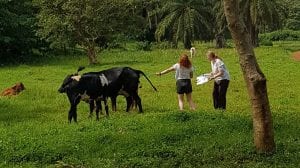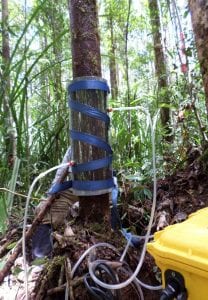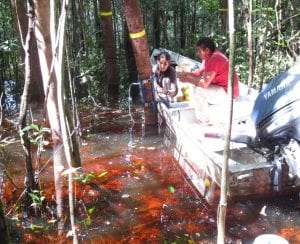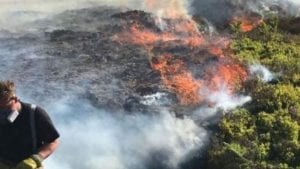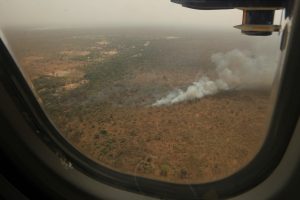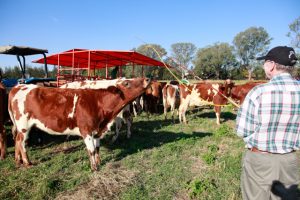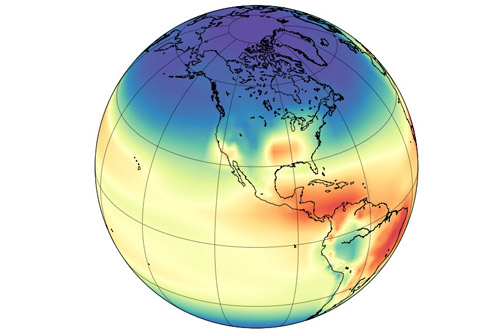Friday 25 January
Part 1
I am on the bus to Entebbe Airport for my first and only MOYA flight. We have planned a flight over the nearby Lake Wamala, which is a lot smaller than Lake Victoria (which is like a sea really) or Lake Kyoga, where they flew to yesterday. I am “mission scientist 1” for this flight, and James Lee from University of York, who will be mission 2, led the flight planning. This means that I sit in the cockpit with the pilots, and James sits at the back of the aircraft with more access to the live data as it comes in from the instrumentation. You get a fantastic view from the cockpit, with the flip side that it’s quite uncomfortable. Definitely worth it though!
We aim to see methane emissions from the lake, and mission 2 is critical in feeding information about the measurements to mission 1, who spends more time liaising with the pilots.
After Lake Wamala, we want to fly downwind of Kampala to measure the emissions from the city. Hopefully we can take off on time and get back before dark, otherwise we may have to modify our flight plan to avoid birds that come out at dusk. And judging by the dense clouds of flies I’ve seen over the lake after dark, maybe they are an issue too!
Part 2
What a great flight! After all the planning and working on the instruments on the aircraft, it feels like the campaign has got off to a great start. Firstly, it appears that ALL the key instruments worked. This might sound rather basic, but the aircraft is a very hostile environment for instrumentation. Lasers are easily misaligned, overheating can be a problem, changes to air pressure are a constant issue for some instruments. Congratulations to all the instrument scientists who have been working in the heat on the ground to get everything working so well.
We got some great measurements of methane downwind of Lake Wamala, Kampala and of some small fires again. I think we are all very happy that everything went to plan, the wind was as forecast, and the layers of methane in the atmosphere was as expected as well. It’s very rewarding and even euphoric when things work well, and it makes the 34C+ cockpit with a burning hot laptop on your lap well worth it!
